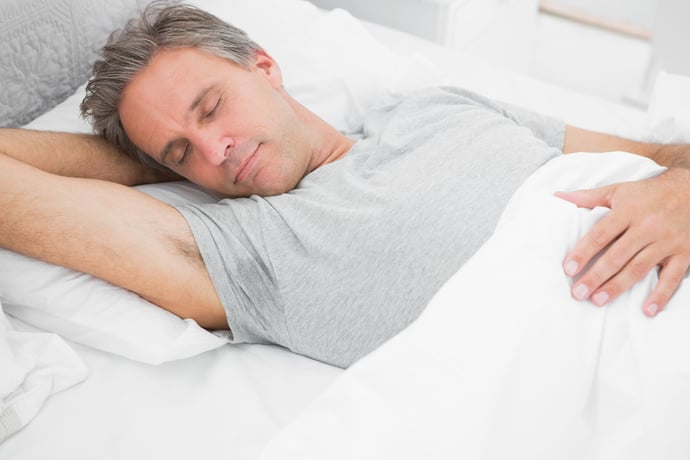Why is Monitoring Sleep Important?
Sleep Monitoring: When "Good Enough" Isn't Good Enough
Sleep tracking gadgets are increasingly popular - smartphones, watches, rings, bed strips, you name it. Everything will monitor your sleep. But what does “tracking sleep” really mean? How does something like a wristwatch or a ring know not just whether or not you’re asleep, but the stage of sleep that you’re in?
None of these devices work the same way a scientific sleep study does, which uses a combination of very accurately measured physiological signals to estimate how long it takes you to get to sleep, what it’s like when you stay there, and when you wake up. These gadgets are trying to do much the same thing - just with less information, mostly based on motion tracking, sometimes paired with changes in heart rate. The idea is that by tracking how much you’re moving, a sufficiently developed algorithm should be able to establish a correlation with sleep stages.
Do sleep monitoring gadgets work?
A recent study compared the Oura ring, a popular sleep-tracking wearable in the form of a ring, to polysomnography, the gold standard in sleep monitoring used in labs. Results: the “ŌURA ring had a 96% sensitivity to detect sleep, and agreement of 65%, 51%, and 61%, in detecting “light sleep” (N1), “deep sleep” (N2 + N3), and REM sleep, respectively. Specificity in detecting wake was 48%. ”These aren’t great numbers. For most sleep phases, the ring is roughly as effective as a coin toss at producing the same result as the gold standard measurement. And these are averages. When you look at the distribution of the results, you’ll see a lot of significant outliers. The ring’s detection of REM sleep was off by as much as three hours for some of the subjects.
These findings aren’t at all unique to the Oura ring. It’s a hard problem to infer what the brain is doing from what the body is doing. Other sleep trackers have been tested as well and perform similarly. This means that if you’re using a sleep tracker, you have no way of knowing which of these test subjects you would be. There’s no way to tell if the report you see in the morning is wildly inaccurate, or just off by a few minutes here and there (and you can’t compare it to scientific equipment in order to find out). Further, it’s possible for that accuracy to swing up or down every night. One night it could be accurate, and on the next, it could misreport your sleep stages and wake time by hours.
The problem here is that when we place our trust in these devices and examine the data they produce each morning, they influence how we feel, think and behave. When we integrate technology into our lives to help us make decisions, it comes at a cost. It draws our attention to certain information while crowding out other sources of insight, such as our own subjective sense of how we feel.
Placebo effects and sleep
Research has found that if someone is told that they slept well, they will perform better on cognitive tests, regardless of how well they actually slept. If they’re told that they slept poorly, their cognitive performance will drop. What you think about how well you slept will affect how well you perform mentally. So, if you’re using a sleep gadget that’s only roughly estimating the information your body is providing, you’re placing your cognitive performance on a daily gamble.
On a bad day, a Magic 8-Ball might be more effective in telling you how to feel for the day. The problem here is rooted in how data is collected. Think about how difficult it would be to tell if someone was asleep based solely on how much they moved their wrist if they were in bed reading a book during the hours that they are usually asleep. It would be nearly impossible. Sleep is much more complex than wrist or finger movement, even if that movement is correlated with heart rate. A polysomnography test integrates information on brain waves, oxygen saturation, eye movement, heart rate, respiration, and leg movement.
When you compare that to finger wiggles, it’s no wonder that most at-home sleep tracking gadgets can’t keep up with their claims. With sleep tracking - as with just about everything - the more accurate and complete the data being collected, the more accurate the final result that is produced. In order to understand a complex system like a human body, we need to be able to directly and accurately measure what every component of that system is doing and see how those subsystems interact.
By pinning multiple measurements directly over the whole body, simultaneously and in real-time, Cipher Skin's technology is on the way to tackle this challenge. Cipher Skin’s sensor mesh now makes it possible to accurately measure - at the exact same time - the body’s position and movements, as well as critical bio-signals such as oxygen saturation, respiration, and heart rate. This ability to collect authentic, meaningful data inside and outside the whole body makes Cipher Skin an essential tool to track sleep in the most accurate and efficient way today.



